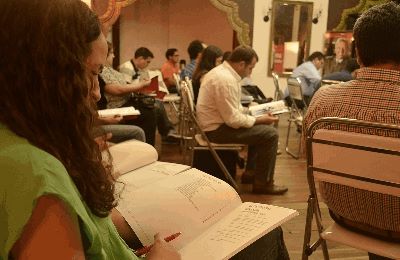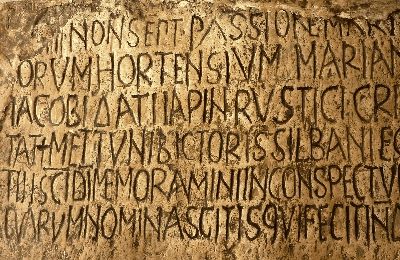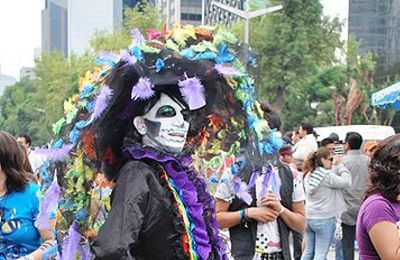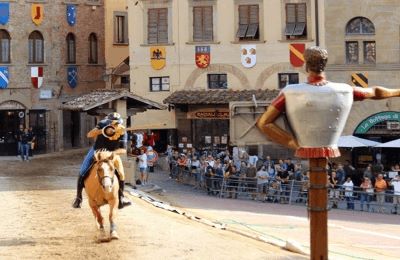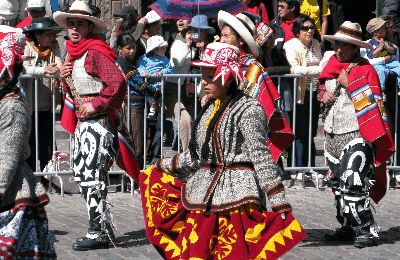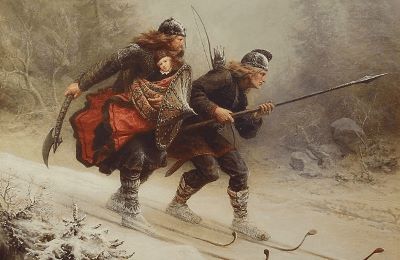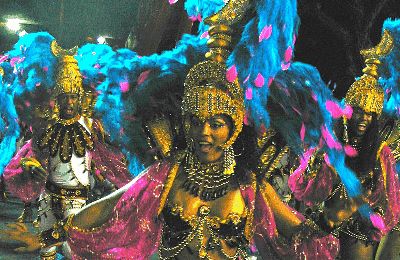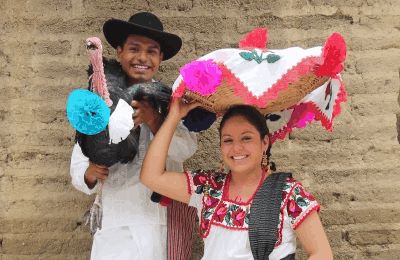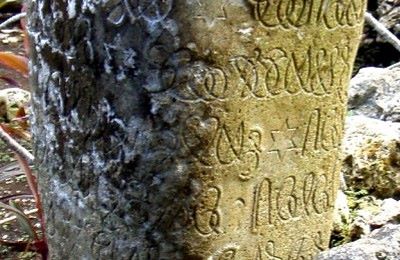
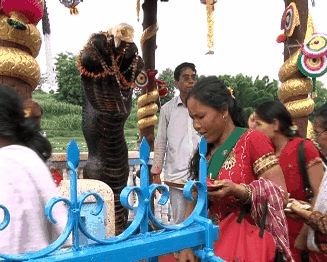 A Statue of Naga being worshipped on Nag Panchami On the fifth day of the Shravan, the Naga Panchami, or "Festival of Snakes" is celebrated all over India. This is usually in July or August, and this year it is on August 19th. Snake worship evolved partially out of people's fear of the creatures, and thus praying to them not to hurt them, and also to their idea that serpents are immortal (due partially to their shedding of skin to be "reborn"). Legends As many celebrations are based around legends, this one is also based around a few. In the Mahabharata epic poem, Janamejeya, the son of King Parikshit of the Kuru dynasty, was performing a snake sacrifice known as Sarpa Satra, to avenge the death of his father, who had died from a snake bite. The snake who bit him was the king of snakes, Taksaka. The Sarpa Satra was to destroy all the snakes, called nagas, of the world in retribution. A great sacrificial pit, or Yaghna kunda, was built and when the sacrifice was performed, all the snakes of the world were drawn to it and destroyed. All, that is, except for Taksaka himself. He had fled to the nether world of Indra, Lord of Heaven, seeking protection. The sages performing the sacrifice learned of this and increased their chanting, eventually becoming so powerful as to begin dragging even Taksaka, along with Indra, to the fire. 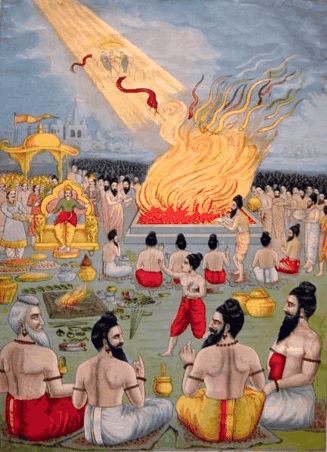 A scene from Mahabharata, depicing the huge snake sacrifice by the king Janamejaya The gods became scared of this and asked Mansa Devi, goddess of snakes, to intervene, and so she sent her son, Astika, to request Janamejeya to stop. Astika explained to Janamejeya that his father had been killed by Taksaka because Janamejeya's ancestors had burned an entire forest, killing all the snakes except Taksaka, to clear space for a city. Janamejeya was impressed by Astika's knowledge and wisdom, and offered him a boon, or favour. Astika requested that the sacrifice be stopped, and so it was. Taksaka was grateful to Astika for saving him, and so he also offered Astika a boon. For that, Astika requested that the snakes should stop harming people and anyone who told this story would be immune from snake bites. And so the hostility between humans and nagas was ended. Another story tells how the supreme deity Krishna, as a boy, fell into the river Yamuna and was confronted by the terrible snake Kaliya who lived there. Krishna jumped on the snake's head and caught it by its neck. Kaliya pleaded with Krishna not to kill him, and Krishna, showing mercy, let him go after Kaliya promised not to bother anyone again. A third legend tells of how a farmer accidentally killed a nest of baby serpents while tilling his field. The mother serpent took revenge and killed the entire family, except for the daughter, who she found praying to the Nagas. This act of devotion restored the family to life. For this reason, plowing a field on this day is forbidden in some parts of India. History There existed a clan called Nagas in ancient India. During this pre-Aryan time, snake-worship was very popular. After the Aryan invasion of India (or migration - historians are unsure which), the snake-worshipping was adopted into Hinduism. The snake is also considered sacred in Buddhism and Jainism, where legends say that snakes played a significant role in protecting the lives of both Buddha and the Jain Muni Parshwanath. Celebration 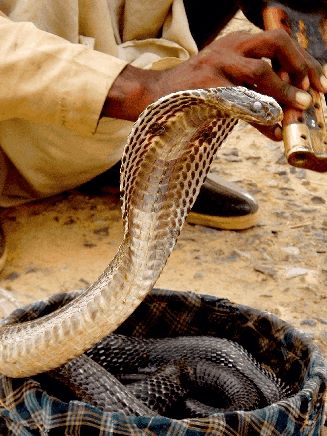 Roadside snake charmer in Agra, India On the Naga Panchami, several means of celebration are performed. Women draw figures of snakes on the walls of their houses using a special mixture of black powder, cow dung, and milk as a way to protect their family. Milk is also considered a vital offering, and it is left outside snake holes or actually poured directly in, as well as being taken to Devi temples. In some parts, snake temples are crowded and offerings are given to stone or metal icons of the cosmic serpents, Ananta and Sesha. Other places, a "snake" made of dough is created and buried. Snake charmers also travel from house to house carrying cobras in baskets, asking for alms. |
| Celebrations - Nag Panchami | ||||||||||
| Writer: | Sonja Krüger | |||||||||
| Images: | ||||||||||
| ||||||||||
| Sources: | ||||||||||
| ||||||||||
Jimmy Mello retains all copyright control over his images. They are used in Parrot Time with his expressed permission.
Maureen Millward retains all copyright control over her images. They are used in Parrot Time with her expressed permission.
All images are Copyright - CC BY-SA (Creative Commons Share Alike) by their respective owners, except for Petey, which is Public Domain (PD) or unless otherwise noted.
|
Looking for learning materials? Scriveremo Publishing, has lots of fun books and resource to help you learn a language. Click the link below to see our selection of books, availlable for over 30 langauges!
| |
comments powered by Disqus




